cell signaling
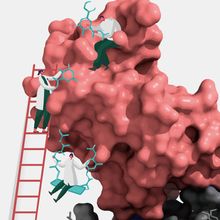
Leveraging Recombinant Kinases for Drug Discovery Research
The Scientist and Sino Biological | Dec 26, 2024 | 3 min read
As kinase dysfunction underlies many pathological conditions, scientists require high-quality active kinases for their therapeutic development programs.
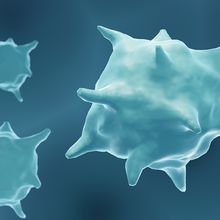
What Drives Myeloid Cell Responses to Disease
The Scientist and Bio X Cell | Dec 17, 2024 | 4 min read
The TREM2 receptor may hold the keys to understanding how myeloid cells affect immune responses to neurological disorders and cancer.

Using High-plex Protein Profiling to Discover Links Between Genes and Disease
SomaLogic | Nov 4, 2024 | 1 min read
Protein characterization can help scientists better understand how molecular events influence health and disease and identify causal factors for disease states.

The Future of Protein Sequencing
Quantum-Si | Oct 15, 2024 | 1 min read
A new protein sequencing technology paves the way for a better understanding of protein function.
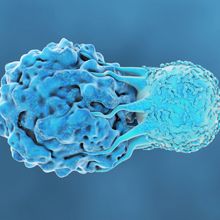
Characterizing Cancer via the Immune Response
The Scientist | Jul 30, 2024 | 1 min read
Researchers explore the immune system to further understand cancer and illuminate therapy development.

Aimless Monocytes Underlie a Rare Lung Disease
Niki Spahich, PhD | Apr 18, 2024 | 4 min read
Children with a multifaceted lung disorder share a receptor deficiency, which has implications for monocyte migration into the lungs.

Cellular Cuisine: Phages on the Menu
Laura Tran, PhD | Mar 19, 2024 | 3 min read
Mammalian cells outpace bacteriophages in the microbial food chain by devouring phages to fuel their growth.
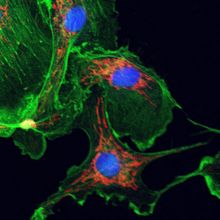
Shedding Light on Cell Attachment
Shelby Bradford, PhD | Jan 8, 2024 | 3 min read
Cell adhesion may be initiated by small proteins previously viewed as helpers, not main players in attachment.
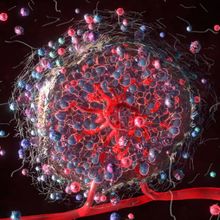
Interrogating the Complexities of the Tumor Microenvironment
Alison Halliday, PhD, Technology Networks | May 19, 2023 | 5 min read
Gaining a better understanding of the dynamic and reciprocal interactions between cancer cells and the tumor microenvironment is essential for improving patient diagnosis and treatment.
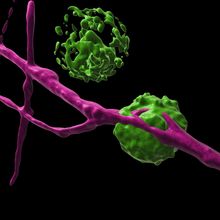
How Cells in the Skin Team Up To Fight Pathogens
Rachael Moeller Gorman | Apr 12, 2023 | 4 min read
Immune cells and pain neurons form complex partnerships to protect our bodies from pathogens, new research reveals.

Elevate Cellular Assays with Microplate Readers
BMG LABTECH | Dec 1, 2022 | 1 min read
Scientists combine microplate readers and cell-based assays for high throughput and reduced variability across a variety of applications.

A Novel High-Throughput Screening Assay for Identifying Anticancer Lead Compounds
BellBrook Labs | Oct 13, 2022 | 1 min read
The Transcreener dAMP Exonuclease Assay reliably locates compounds that antagonize TREX1.

Greater Insights Through Live Cell Label-Free Imaging
Sartorius | Sep 13, 2022 | 1 min read
Avoid missing critical cellular behaviors and events through real-time imaging.

Mother’s Circadian Rhythms Mirrored in Fetal Rat Brains
Bianca Nogrady | Sep 12, 2022 | 2 min read
Before their own central clocks develop, the brains of fetal rats detect their mother’s metabolic cycle to help regulate the expression of certain genes.
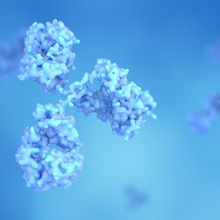
Shining a Light on Mass Photometry
The Scientist and Refeyn | Aug 9, 2022 | 3 min read
Mass photometry is an interferometric scattering-based technique offering researchers unprecedented characterization of biomolecular complexes and oligomerization in physiologically-relevant situations.

Exploring the World of Glycobiology
The Scientist and Vector Laboratories | Mar 23, 2022 | 1 min read
Researchers study sugar modifications to understand health and disease.

Protein Mediates Non-Genetic Inheritance of Growth Strategies
Catherine Offord | Jan 4, 2022 | 2 min read
An RNA-modifying enzyme passed to daughter cells during budding allows yeast cells to switch between faster- and slower-growing phenotypes.

It’s Bittersweet: The Tumorigenic Potential of Glycosylation
The Scientist Creative Services Team in collaboration with Vector Laboratories | Nov 9, 2021 | 1 min read
Karen Abbott and Susan Bellis discuss how to detect and block tumorigenic glycosylation signatures to diagnose and treat cancer.

Epithelial Cell Signaling Helps Maintain Tissue Integrity
Annie Melchor | Nov 1, 2021 | 2 min read
Using a transgenic fruit fly model, researchers demonstrate how epithelial barriers are maintained in living organisms despite high levels of cell turnover and death.
